WRIGHT-PATTERSON AIR FORCE BASE, Ohio (AFRL) – When Airmen are flying at 50,000 feet, they have to be prepared for every situation. And every piece of equipment that goes up with them must be able to function under the pressures of flight as well.
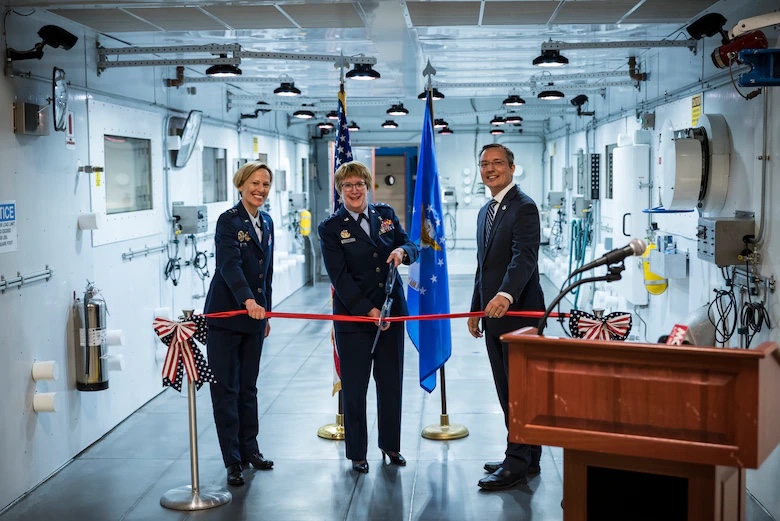
At the Air Force Research Laboratory, ensuring pilots, air crews, and all flight equipment can withstand various pressures, is one of the missions in the lab’s 711th Human Performance Wing, where research and aerospace medicine converge to enhance the performance and readiness of operational Airmen.
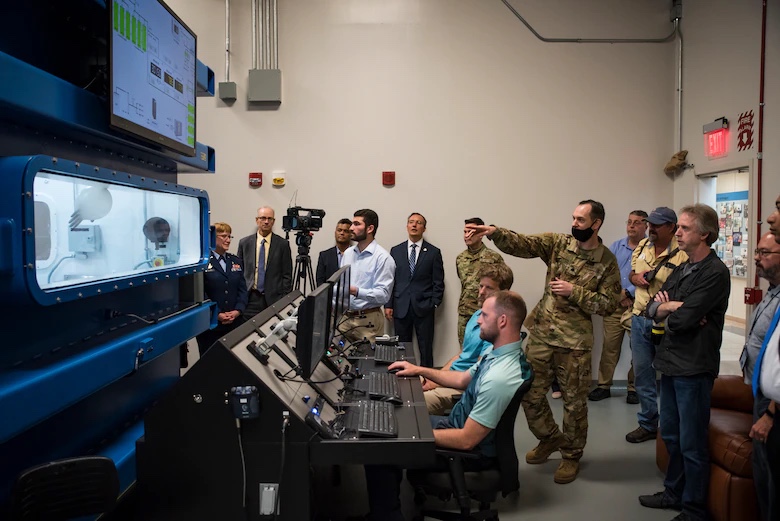
In order for these flying Airmen and their equipment to be ready, they must be tested against such pressures. Research must be conducted. Data must be collected. Training must occur. And all of this is made possible by AFRL’s human performance experts, in partnership with the Naval Medical Research Unit – Dayton, at Wright-Patterson Air Force Base with state-of-the-art facilities including NAMRU-D’s spacial disorientation device called the Kraken, AFRL’s human-rated centrifuge, and most recently added, the lab’s research altitude chambers, commonly known as the RAC.
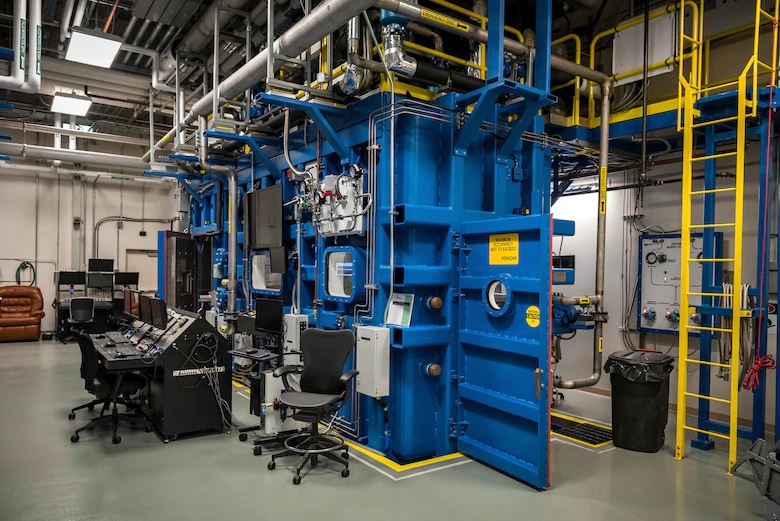
On May 27, leadership and aerospace physiology experts from across the Air Force came together both in-person and virtually via Zoom in a ribbon-cutting ceremony to celebrate the opening of the RAC, a family of four computer-controlled altitude chambers.
“Aerospace physiology research and training, here in the RAC and in our other facilities, is essential to the readiness of our air crews and their missions,” said Darrell Phillipson, acting director of AFRL’s human performance wing, who presided over the ceremony. “Today, we are standing at the DoD’s epicenter of aerospace physiology research capability and expertise.”
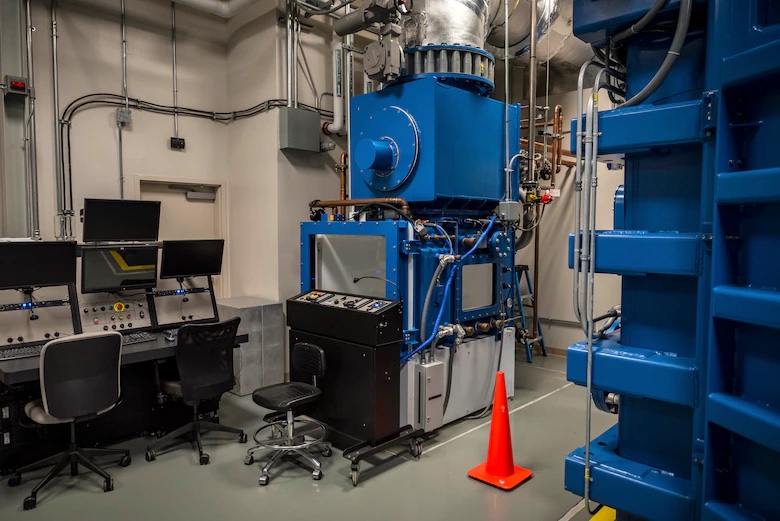
But this convergence of expertise and facilities for aerospace physiology is anything but new. In fact, it’s been a plan for decades, growing and strategically relocating as technology has advanced.
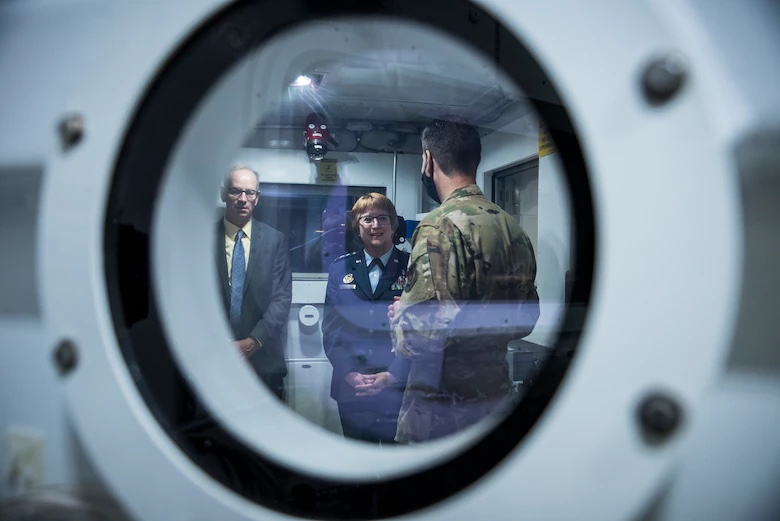
Staff Sgt. Jonathan Rosales, the event’s master of ceremonies, discussed some of the history of how military scientists and researchers have provided the Air Force and sister services, including NASA, with groundbreaking research and training relating to the effects of weightlessness, pressure, altitude, temperature, acceleration and numerous other challenges that can arise in flight dating back as far as the late 1950s, decades before the strategic stand-up of the human performance wing in AFRL in 2008. He told the audience, which included Air Force Surgeon General Lt. Gen. Dorothy Hogg, Lt. Gen. Mark Ediger (ret.), AFRL Commander Maj. Gen. Heather Pringle, and AFRL Executive Director Tim Sakulich, among others, about the historical contribution to NASA with the development of space suits used by astronauts in the Gemini and Apollo programs.
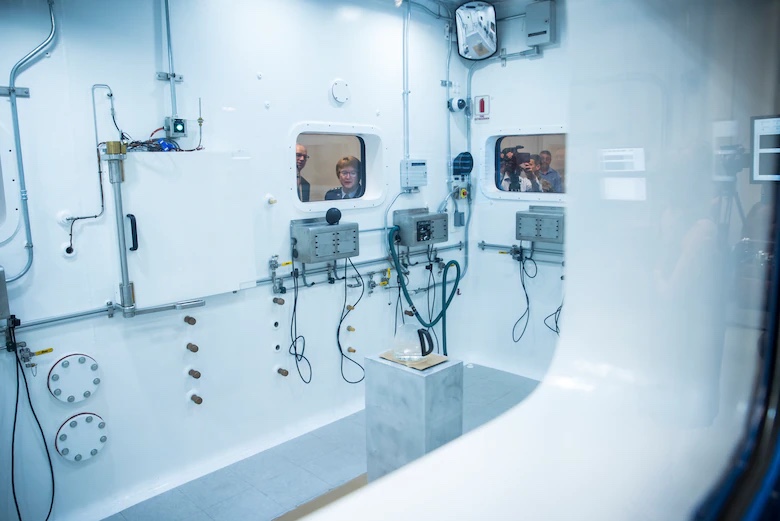
As air frames and technology advance, so does research and training.
“These four research altitude chambers will give us an unprecedented capability to test and gather data, ensuring the continued longevity of flight equipment, and providing us a more complete set of tools to measure the effects of altitude on our pilots and air crews,” said Phillipson. “And this larger family of test facilities, supporting labs, and world-class talent establishes AFRL, in partnership with NAMRU-D, as one of the most capable and functionally-equipped research centers in aerospace physiology in the world. These facilities ensure our air crews are ready now, and for whatever the future may bring.”
For additional information about the RAC and the capabilities of each chamber, click here. For additional information on AFRL’s centrifuge, click here. For information about NAMRU-D’s Kraken, visit here. For a quick recap of the RAC ribbon-cutting ceremony, click here.
By Gina Marie Giardina, Air Force Research Laboratory Public Affairs

